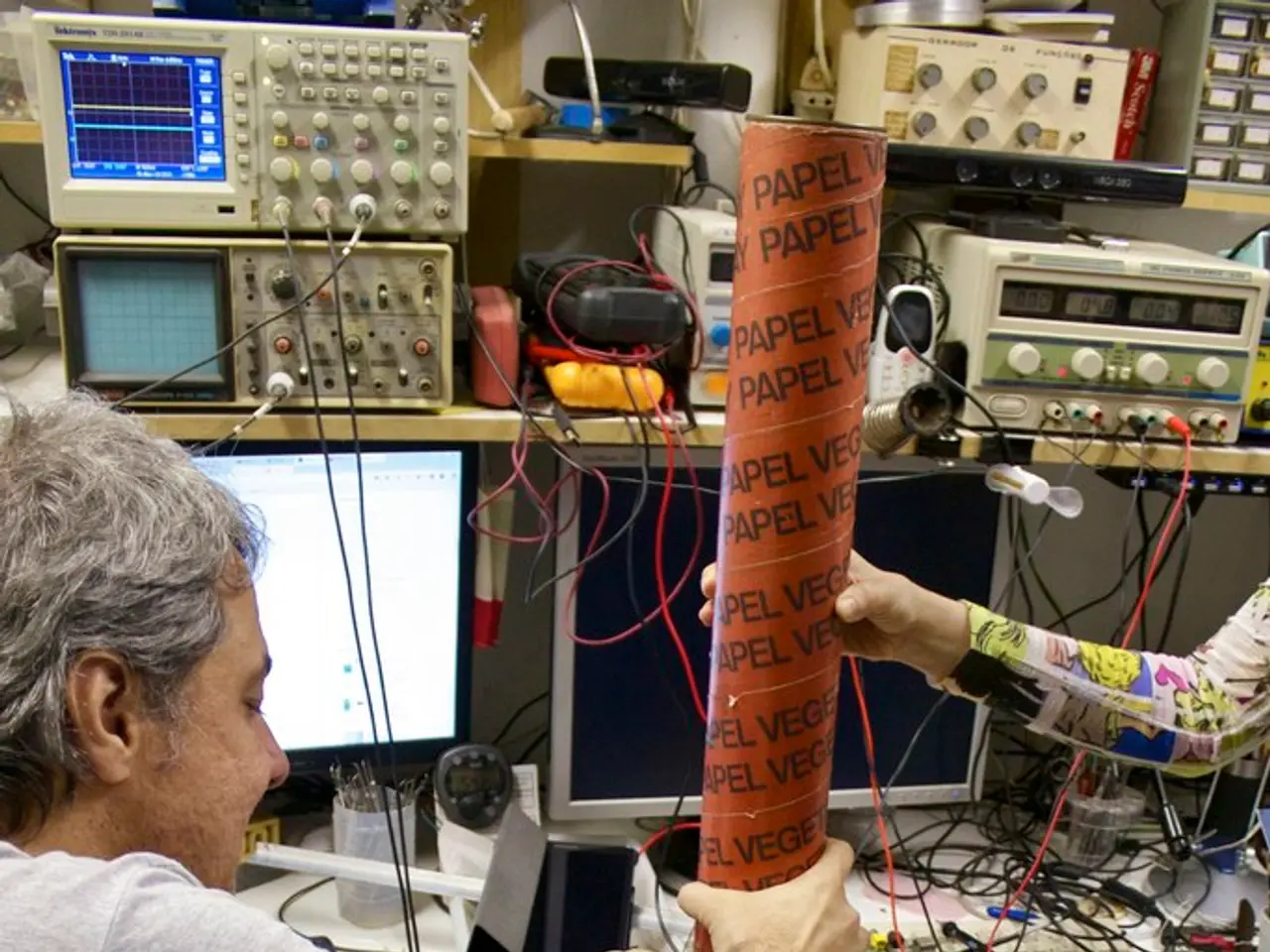Artificial Intelligence (AI) is revolutionizing factory operations through the use of Digital Twins, leading to the creation of intelligent manufacturing facilities.
In the dynamic world of global manufacturing, Foxconn, a leading electronics manufacturer known for producing iPhones for Apple and NVIDIA chips, is embracing the future with digital twin technology. This cutting-edge innovation, powered by NVIDIA Omniverse and Universal Scene Description (OpenUSD), is transforming the way Foxconn manages its extensive network of production facilities.
The challenge for Foxconn was the unprecedented complexity of setting up, optimizing, and managing large-scale production lines across multiple global sites. However, the implementation of digital twin technology has proven to be a game-changer.
Foxconn's digital twin platform serves as a virtual replica of its factories, enabling simulation-driven design, real-time monitoring, and optimized operations. The platform's most significant feature is the creation of a virtual factory within NVIDIA Omniverse, which uses OpenUSD for data interoperability and NVIDIA RTX for photorealistic rendering and real-time simulation.
This digital twin environment allows Foxconn to simulate and optimize manufacturing processes, robotics workflows, and layout planning before physical deployment, reducing errors and improving operational efficiency. The integration of generative physical AI and NVIDIA Omniverse's simulation capabilities further enhances process automation and optimization, leading to quicker adaptation, reduced downtime, and improved productivity.
Moreover, the digital twin framework supports the development and deployment of advanced robotics, including upcoming humanoid robots for assembly tasks in US factories. Omniverse simulations provide a safe and scalable environment to train and validate robot behaviours before on-site implementation, accelerating robotics integration into manufacturing.
The digital twin platform connects virtual factories to real-world operational data, embedding dashboards with key metrics from manufacturing execution systems (MES), shop floor control (SFC), and automation systems. This connection enables the dynamic optimization of operations across multiple global sites and real-time analysis of production lines.
Digital twin technology also helps companies identify cost-saving opportunities by optimizing resource usage, reducing downtime through predictive maintenance, and minimizing inefficiencies in operations. The integration of digital twins, AI, and simulation technologies supports advanced plant modeling, simulation, planning, and operations management.
As the digital twin market continues to grow at a rate of 40% a year worldwide, from $18 billion as of 2024 to $260 billion by 2032, it's clear that Foxconn's strategic adoption of this technology is not only timely but also sets a precedent for the manufacturing industry. Foxconn's implementation of digital twin technology, specifically leveraging NVIDIA Omniverse and OpenUSD, significantly enhances manufacturing efficiency across its global production facilities, reducing costs, accelerating time-to-market, and enhancing the flexibility of global production lines through immersive simulation and AI-powered digital twin technology.
- Foxconn's strategic adoption of digital twin technology, specifically leveraging NVIDIA Omniverse and OpenUSD, indicates a significant shift in the finance sector, as the manufacturing industry begins to invest more in technology and digital solutions.
- The digital twin platform's integration of AI and simulation technologies not only improves manufacturing efficiency but also opens new business opportunities in areas such as robotics and predictive maintenance, revitalizing the industry overall.



